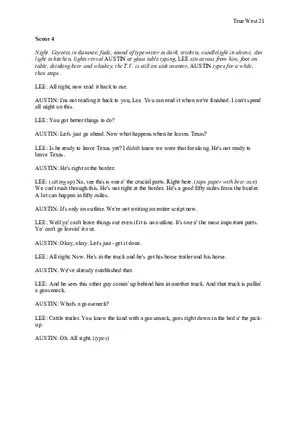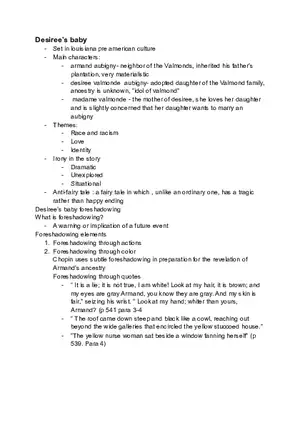Cheat Sheet
Literature Terms
-
University:
University of California, Berkeley -
Course:
COM LIT | Comparative Literature Academic year:
2023
-
Views:
122
Pages:
1
Author:
Clint W.
Related Documents
- Paradise Lost Book 12 Summary
- Paradise Lost Book 9 Summary
- Exploring Medieval Literary Treasures
- Frankenstein - Questions 10
- Frankenstein - Questions 1
- 12 Angry Men Act Two
- 12 Angry Men Act One
- English Renaissance: Highlights and Monarchs
- The Power of Imagery: Creating Vivid Descriptions
- Enlightenment Era Literature: Satire, Novels, and Sublime
- Literature Analysis: Van Bibbler’s Burglar
- A View from the Bridge: Important Quotations
- Literature Analysis: Stolen Bacillus
- Paradise Lost Book 4 Summary
- Paradise Lost Book 5 Summary
- Paradise Lost Book 6 Summary
- Paradise Lost Book 7 Summary
- Paradise Lost Book 8 Summary
- Paradise Lost Book 10 Summary
- Paradise Lost Book 11 Summary
Report
Tell us what’s wrong with it:
Thanks, got it!
We will moderate it soon!
Report
Tell us what’s wrong with it:
Free up your schedule!
Our EduBirdie Experts Are Here for You 24/7! Just fill out a form and let us know how we can assist you.
Take 5 seconds to unlock
Enter your email below and get instant access to your document












